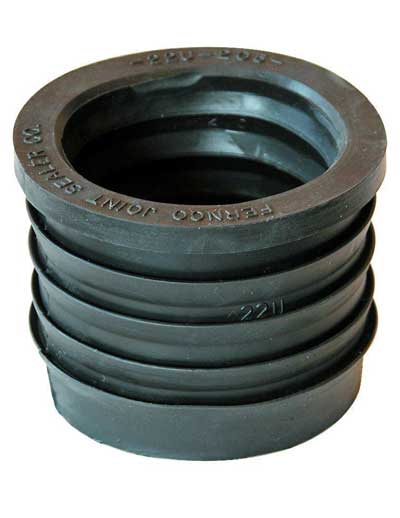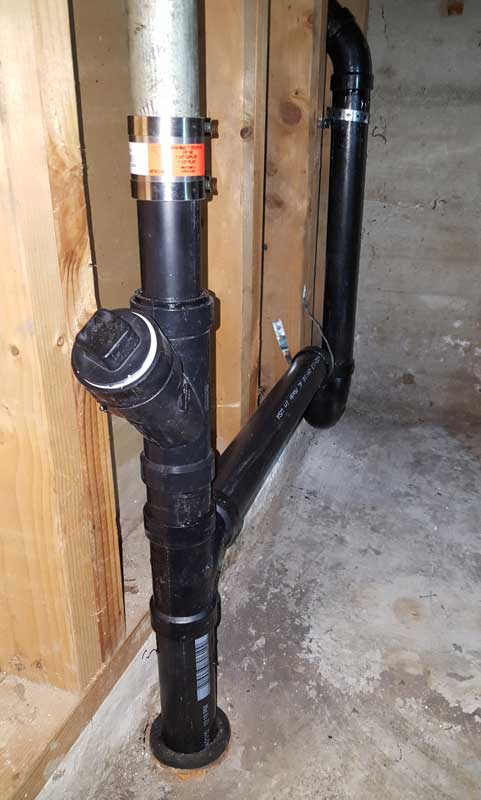Hi,
I'm a first time poster here, but I've used this site for years and have gained a lot of great information from all of you!
I'm redoing my basement bathroom shower on concrete slab and using information on your other threads, I removed a lead/oakum shower drain. I used the method of drilling holes around the perimeter and then used a grinder to cut the fiberglass base and was then able to pry and twist the old drain off.
The very top of the pipe is slightly bent on one spot (not my doing). The drain pipe itself is cast iron (magnetic) and the exposed part has rusty threads.
My questions:
#1) Even if I clean off most of the rust, will an Oatey compression drain seal well (pictured)? Or what are my other options? I saw fernco donuts mentioned, but I take it I would have to break through the concrete?
#2) Once I go to install a new acrylic base that is supposed to be set in "bedding material", is Quikrete Mortar mis okay?
The rest of my house is PVC, except for the drains in the basement concrete slab that are all cast iron.




Thanks,
Josh
I'm a first time poster here, but I've used this site for years and have gained a lot of great information from all of you!
I'm redoing my basement bathroom shower on concrete slab and using information on your other threads, I removed a lead/oakum shower drain. I used the method of drilling holes around the perimeter and then used a grinder to cut the fiberglass base and was then able to pry and twist the old drain off.
The very top of the pipe is slightly bent on one spot (not my doing). The drain pipe itself is cast iron (magnetic) and the exposed part has rusty threads.
My questions:
#1) Even if I clean off most of the rust, will an Oatey compression drain seal well (pictured)? Or what are my other options? I saw fernco donuts mentioned, but I take it I would have to break through the concrete?
#2) Once I go to install a new acrylic base that is supposed to be set in "bedding material", is Quikrete Mortar mis okay?
The rest of my house is PVC, except for the drains in the basement concrete slab that are all cast iron.
Thanks,
Josh


